If you loved the heartwarming and timeless classic 'It's a Wonderful Life' (1946), you're in for a treat! This article explores 10 movies and shows that capture the same spirit of hope, redemption, and the profound impact one life can have on others. Whether you're looking for more uplifting stories or films that delve into the meaning of life, this list will guide you to your next favorite watch.
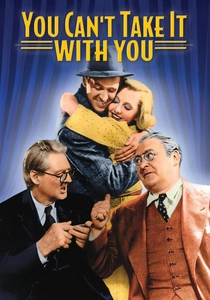
You Can't Take It with You (1938)
Description: This Capra-directed Best Picture winner shares with 'It's a Wonderful Life' themes of following one's passions over material success and the importance of eccentric, loving families. Both films contrast the values of community and individuality against corporate greed.
Fact: The film was adapted from the longest-running non-musical play in Broadway history at the time. James Stewart and Jean Arthur would reunite the next year for 'Mr. Smith Goes to Washington'. The house set was built in four sections that could be moved apart for different camera angles.
 Watch Now
Watch Now 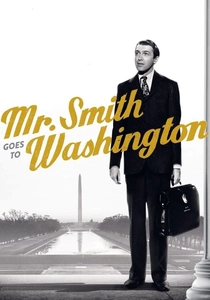
Mr. Smith Goes to Washington (1939)
Description: Another Capra-Stewart collaboration that, like 'It's a Wonderful Life', features an idealistic protagonist fighting against corruption and cynicism. Both films celebrate American values of democracy and individual integrity while acknowledging the challenges of maintaining them.
Fact: James Stewart's filibuster scene lasted 38 hours of filming over two weeks. The film was controversial at release, with some politicians calling it anti-American. The Senate set was so accurate that actual senators used it for orientation.
 Watch Now
Watch Now 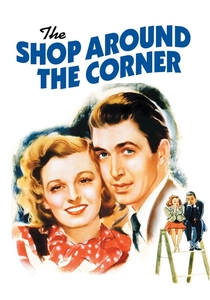
The Shop Around the Corner (1940)
Description: This romantic comedy shares with 'It's a Wonderful Life' a focus on small-town life and ordinary people finding love and meaning in their daily struggles. Both films showcase director Ernst Lubitsch's and Frank Capra's ability to find profundity in everyday situations.
Fact: The film inspired the 1998 movie 'You've Got Mail' with Tom Hanks and Meg Ryan. James Stewart considered this his favorite of his own films. The Hungarian play it was based on had already been adapted into a 1935 French film.
 Watch Now
Watch Now 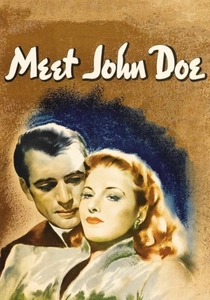
Meet John Doe (1941)
Description: Frank Capra's earlier film shares the same director and many thematic elements with 'It's a Wonderful Life', including the struggle of an ordinary man against powerful interests and the importance of community. Both films showcase Capra's signature blend of social commentary and sentimental storytelling.
Fact: The film had five different endings tested with audiences before settling on the final version. Gary Cooper's character was originally offered to James Stewart. The film was inspired by a 1922 short story 'The Life and Death of John Doe'.
 Watch Now
Watch Now 
Holiday Inn (1942)
Description: Like 'It's a Wonderful Life', this musical celebrates small-town American values and the importance of community. Both films use holiday seasons (especially Christmas) as backdrops for stories about personal redemption and finding one's true place in the world.
Fact: The film introduced Irving Berlin's 'White Christmas', which became the best-selling single of all time. The blackface number for Lincoln's Birthday was cut from TV broadcasts. This was the first of four Crosby-Astaire pairings.
 Watch Now
Watch Now 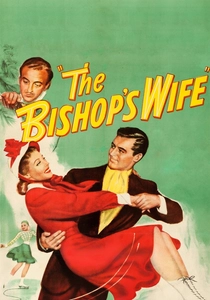
The Bishop's Wife (1947)
Description: This heavenly fantasy shares with 'It's a Wonderful Life' the theme of divine intervention in human affairs. Both films feature an angel helping mortals rediscover what's truly important in life, with a strong moral message about family and community values.
Fact: Cary Grant initially turned down the role of the angel, then changed his mind after the original director was replaced. The film was remade in 1996 as 'The Preacher's Wife' with Whitney Houston and Denzel Washington. The ice skating sequence was filmed in mid-summer with artificial ice.
 Watch Now
Watch Now 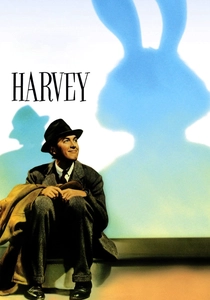
Harvey (1950)
Description: Like 'It's a Wonderful Life', this film explores the value of kindness and imagination in a cynical world. Both feature protagonists who are considered eccentric but whose unique perspectives ultimately enrich the lives of those around them.
Fact: James Stewart considered Elwood P. Dowd his favorite role. The play ran for four years on Broadway before being adapted. The pooka Harvey was played by a 6'3
 Watch Now
Watch Now 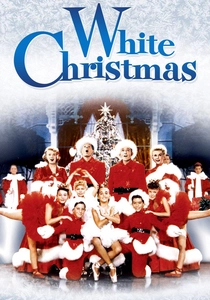
White Christmas (1954)
Description: This holiday classic shares with 'It's a Wonderful Life' a post-war nostalgia for simpler times and the power of community coming together. Both films use Christmas as a time for personal reflection and reconciliation, with musical numbers enhancing the emotional impact.
Fact: The film was originally planned as a reunion for all four stars of 'Holiday Inn'. The Technicolor process used created the 'Paramount pink' hue in snow scenes. The Vermont inn set was the largest indoor set built at Paramount up to that time.
 Watch Now
Watch Now 
The Apartment (1960)
Description: While darker in tone, this film shares with 'It's a Wonderful Life' themes of corporate drudgery versus personal fulfillment and the redemptive power of human connection. Both films critique American materialism while ultimately affirming hope.
Fact: The film was inspired by director Billy Wilder seeing 'Brief Encounter' and wondering about the neighbor who lent his apartment. It was the last black-and-white film to win Best Picture until 'Schindler's List'. Jack Lemmon's character name C.C. Baxter stood for 'Calvin Clifford', though this wasn't mentioned in the film.
 Watch Now
Watch Now 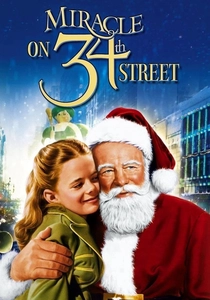
Miracle on 34th Street (1947)
Description: Like 'It's a Wonderful Life', this film is a heartwarming Christmas classic that explores themes of faith, hope, and the importance of belief in the intangible. Both films feature a protagonist who must restore faith in others, whether it's in Santa Claus or in the value of one's own life.
Fact: The film was released in May, not during the Christmas season, to avoid competition with other holiday films. It won three Academy Awards, including a supporting actor Oscar for Edmund Gwenn as Santa. The courtroom scene where Santa proves his identity was inspired by a real 1897 newspaper editorial ('Yes, Virginia, there is a Santa Claus').
 Watch Now
Watch Now 








